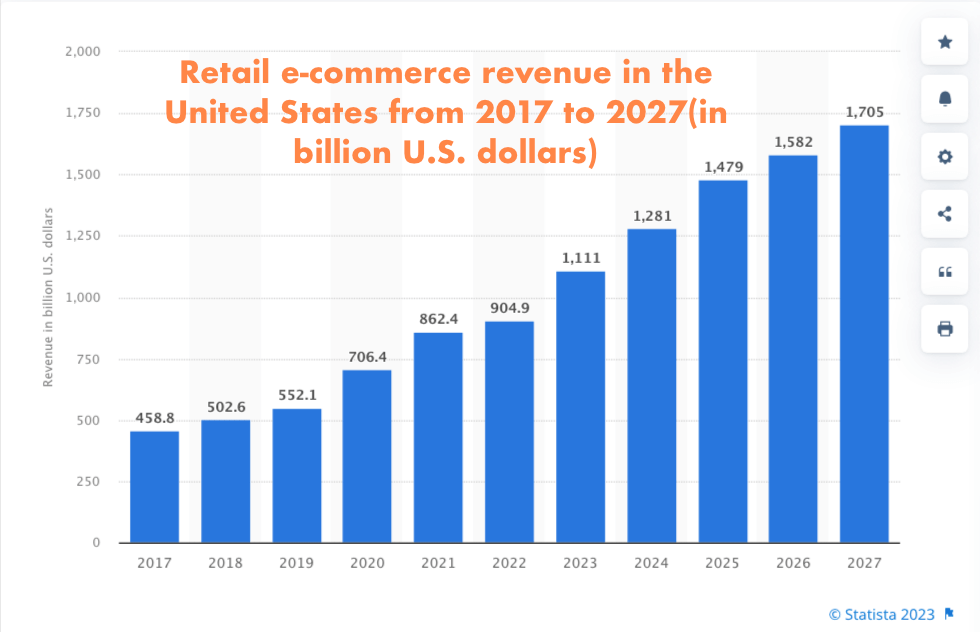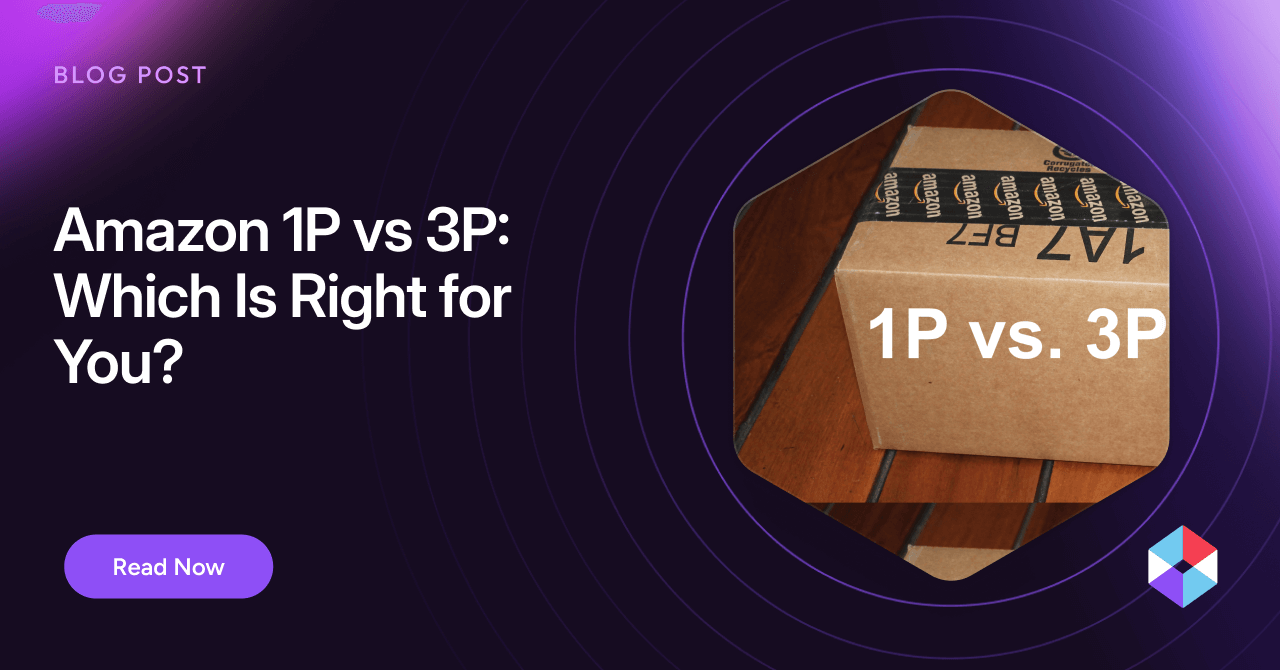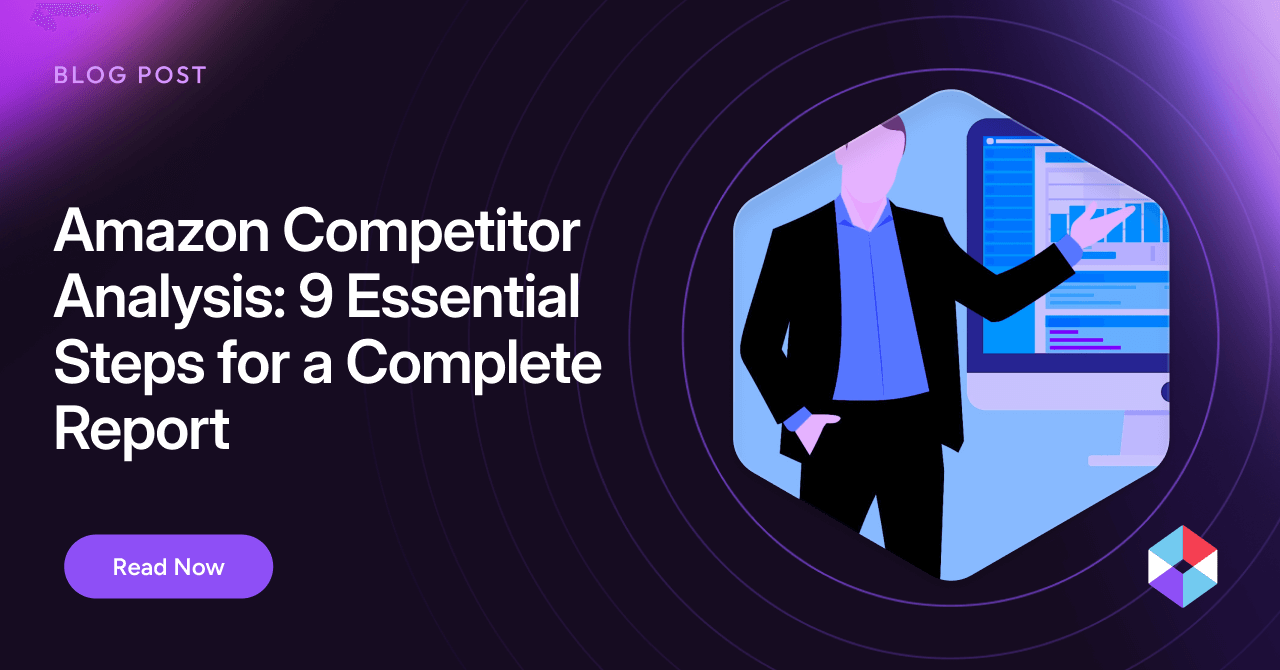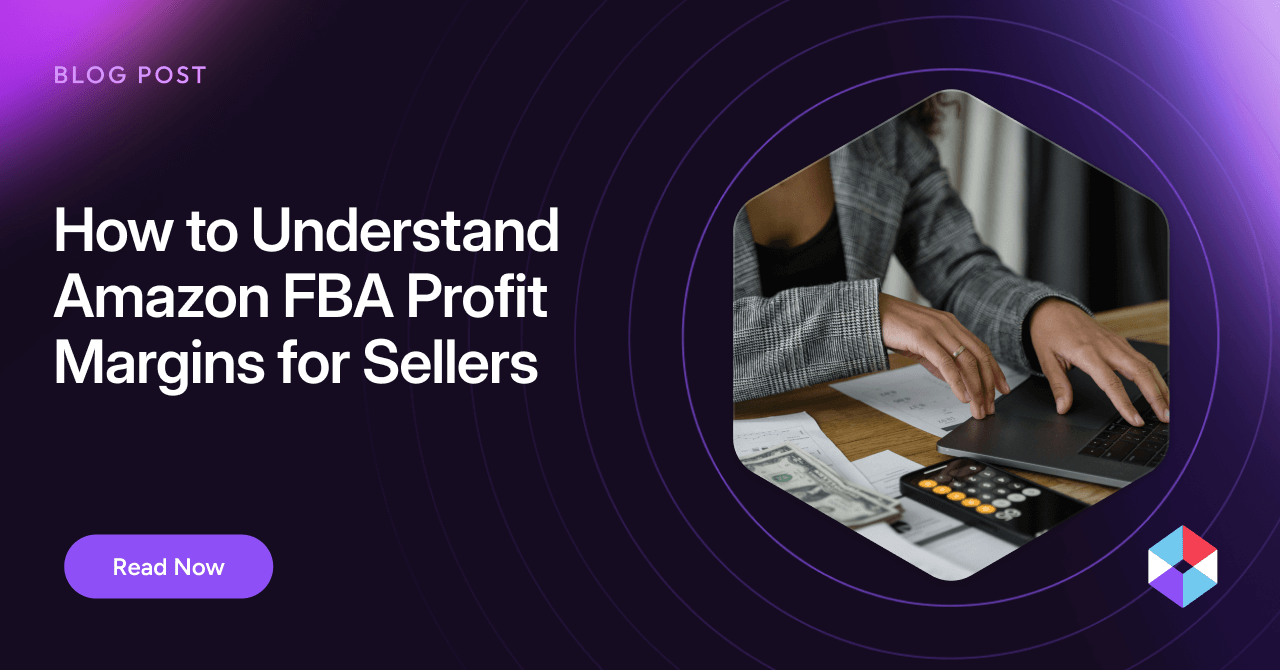The traditional model of the brick-and-mortar store has faced disruption due to the pandemic and resulting financial crisis, leaving consumer brands struggling to figure out how to build awareness and relevance. As many brick-and-mortar stores are looking to shift to eCommerce, and new eCommerce companies decide to have only a digital brand, it’s become clear that digital brands and digital brand strategy are now the keys to lucrative eCommerce growth.
Creating a digital brand is one of the top ways to set your company apart from competitors who sell comparable products in the eCommerce market, which is predicted to exceed $1.1 billion in sales in the U.S. alone in 2023.
This post will define a digital brand and explain its importance. We’ll also cover digital brand strategy, its benefits, and the ten essentials for a lucrative brand strategy.
What is a digital brand?
A digital brand is how the outside world perceives your brand on digital channels. To create a brand across a variety of digital venues, such as internet-based interactions, device-based applications, or media content, digital branding employs a combination of internet branding and digital marketing.
The one-on-one emotional connection you build through your digital brand strategy is the first step in transforming engaged customers into a loyal audience—a crucial element for driving sales.
What is a digital brand strategy?
A digital brand strategy is how your eCommerce business communicates its brand to consumers online. Digital branding positions your business so that it resonates emotionally with customers because they identify with it and share the same values.
It does this by incorporating digital marketing tactics such as social media marketing, content marketing, search engine optimization, email marketing, and online advertising to achieve its goal of more customer engagement, building loyalty, and driving sales.
Other benefits of an effective brand strategy are: increased value of your brand, increased perceived value of your offering, and more loyal employees.
10 Essentials for a Lucrative Digital Brand Strategy [with Examples]
As new and leading eCommerce retailers embrace digital branding, there are many examples of how the essentials of digital branding have won the hearts and minds of their audience:
1. Brand Messaging
Your brand messaging answers the questions:
- What does your business do?
- What do you stand for?
- Why should your customers care?
Take JOI, an eCommerce brand dedicated to helping people enjoy a dairy-free diet while encouraging sustainability. You can see this clearly and quickly through their brand messaging on their homepage.
2. Content Marketing
Content marketing is information given to your customers to engage them and build an audience. It could be on-demand content (such as podcasts or videos), blog posts, social media posts, or images. But for content marketing to succeed, businesses must have valuable content for their readers that they’ll keep coming back to consume again and again. Otherwise, they won’t stay engaged in the long run and convert into loyal customers.
Northern Brewer is an example of first-class content marketing. The eCommerce brand sells the equipment and ingredients you need to microbrew your beer. They decided to create a series of videos that would teach their audience everything there is to know about microbrewery: Northern Brewer University.
3. Email Marketing
Email marketing is a tool for building customer loyalty and promoting your goods or products. eCommerce email marketing includes three types of emails: transactional, promotional, and lifecycle. Transactional emails verify the purchase and receipt of products; promotional emails are designed around a specific deal (like Thanksgiving or Cyber Monday); and lifecycle emails are triggered emails that react based on a customer’s actions.
Tradesy, a peer-to-peer eCommerce reseller of women’s fashion, takes an original approach by combining its transactional email that confirms shipping with a promotion of its referral program.
4. Know Your Target Audience
A deep understanding of your target audience is the key to a successful digital brand strategy. Segment your audience into groups to determine their demographics, geographics, and psychographics.
Advanced analytics provided by platforms like Noogata take things a step further, enabling eCommerce businesses to identify trends, understand customer sentiment, and better understand their target audience so that they can translate data into growth.
5. Leverage Market Opportunities & Competitor Analysis
Competitor analysis is critical for identifying gaps in your marketing and ensuring you aren’t missing out on marketing opportunities. For example, you’ll want to track the keywords your competitors are ranking for, the market needs they’ve identified, the types of publications they’ve been published in, and the places they are advertising.
With Noogata’s real-time competitive intelligence tool, CPGs can aggregate and analyze data from multiple platforms like global marketplaces, advertising, and CRM platforms to gain insight into their competitors. They’ll also get assistance overcoming the critical pain points consumer brands usually face when developing a robust eCommerce analytics base.
6. Logo
Digital branding starts with designing your logo. Your logo should be the first image that pops into a prospect’s head when they think of your brand. Think of it as the online version of the storefront sign in a brick-and-mortar store. Your logo should reflect the personality and values of your business, industry, and target audience. Since these aspects change over time, your logo may too.
Take Netflix, for example. As its brand grew, its logo shifted from its original design with an old Hollywood feel to a new one that reflected its current offering of streamed television shows.
7. Online Advertising
Online advertising can include retargeting, display ads, social media ads (sponsored posts), search engine ads/paid search, and PPC. Regardless of the type of online advertising your CPG chooses, however, you’ll need it to reflect your brand.
Allbirds, a women’s shoe retailer, does just that. Its Facebook ad below communicates its brand promise: that it delivers customers “the most comfortable shoe in the world.”
8. SEO
Search engine optimization, or SEO, ensures that your customers can find your goods or products online. You’ll need to design your website with SEO at the beginning for the best results and build a content strategy around the keyword and search intent.
Etsy, a global online marketplace, does a great job with its SEO. They ranked for over 14 million keywords in positions one through ten in May 2022. Their intuitive site navigation also plays a crucial role in its successful SEO.
9. Social Media & Influencer Marketing
Social media influencers have a massive influence on brand awareness and are a big part of many eCommerce brand strategies. Shein, an online fashion retailer that’s worth more than H&M and Zara combined, has a carefully crafted influencer program with specific requirements to join.
10. Website
Customers want to be able to find your products on your website quickly, or they’ll go to your competitor. They also need to quickly and clearly understand what your brand does and why it’s better than its competitors.
Nerdwax, an eCommerce brand selling natural, organic beeswax that you can put on your glasses that doesn’t slip, does this perfectly. As you scroll down, you quickly understand the value of their product: All natural ingredients, easy to apply, and works on any glasses.
A Lucrative Digital Brand Strategy Starts with Data
In the incredibly competitive landscape of eCommerce, a digital brand is a must. Consider each of these ten essential aspects of your digital brand strategy when creating your digital brand. But before you start strategizing, you’ll first need a good understanding of how your eCommerce business is currently performing against its competitors.
Noogata’s multichannel eCommerce competitive intelligence platform for retail and CPG businesses delivers this data by harmonizing, enriching, and extracting insights from multiple marketplaces to drive revenue growth and profit.
Get a demo of Noogata today and see the difference date makes in your eCommerce business.
![10 Essentials for a Lucrative Digital Brand Strategy [with Examples]](https://noogata.com/wp-content/uploads/2023/03/10-Essentials-for-a-Lucrative-Digital-Brand-Strategy-with-Examples.png)













